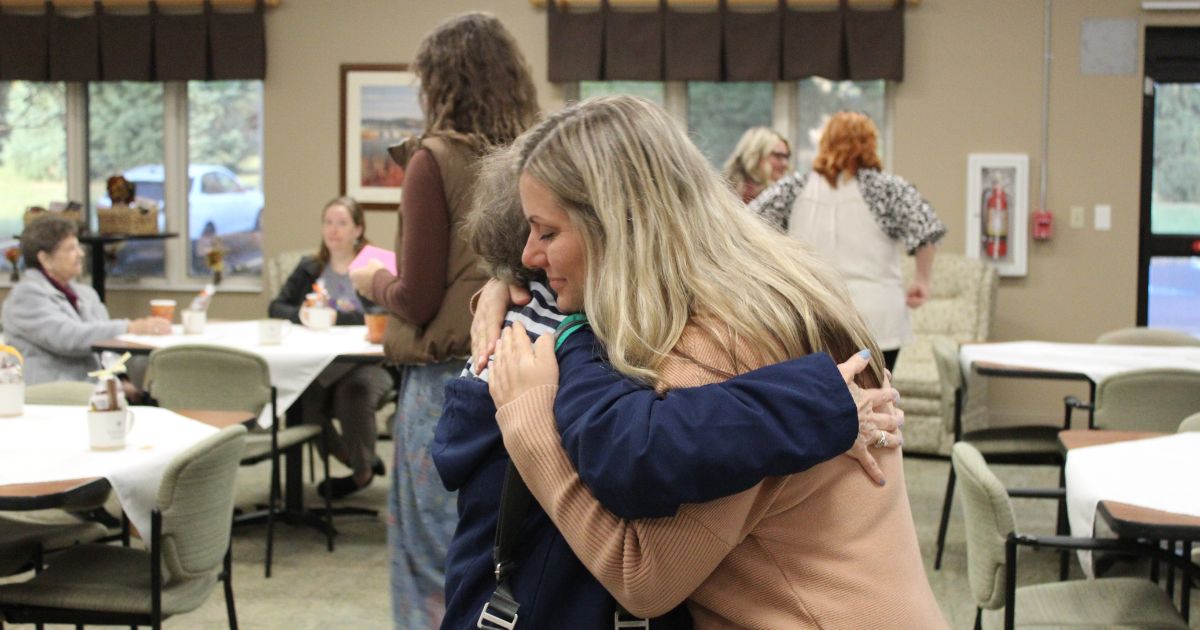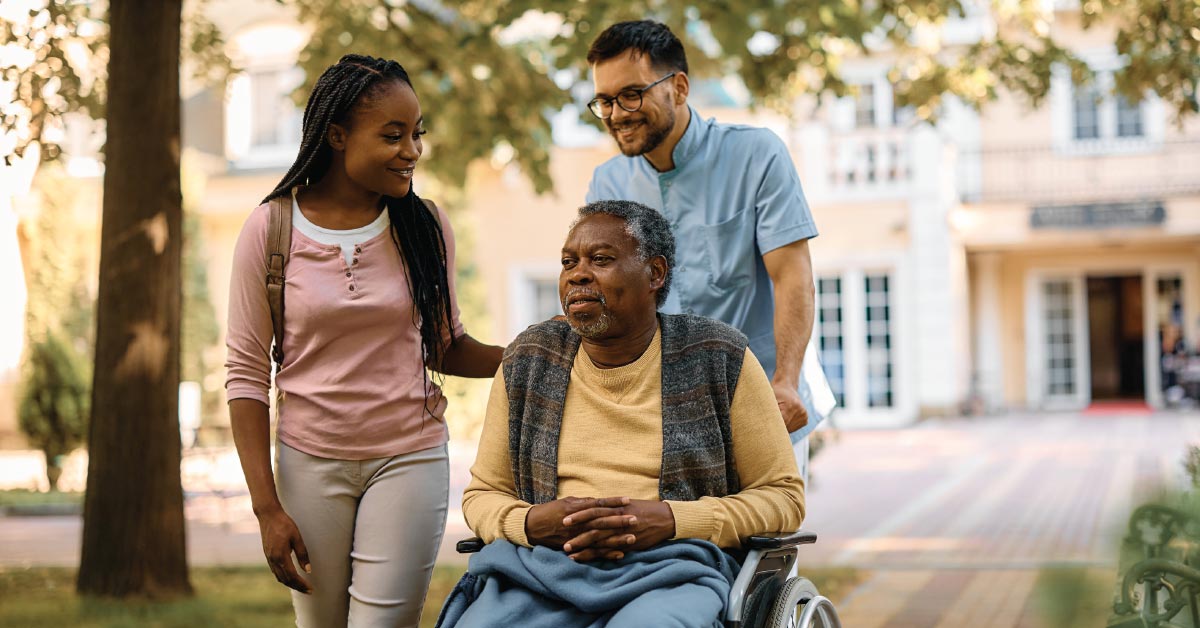It’s not your imagination: You’re getting less time with your doctor.
Primary care physicians are in short supply in the United States, which means increased pressures and heavier workloads for those in practice, says Dr. Paul Griner, author of "The Power of Patient Stories: Learning Moments in Medicine."
“Many physicians say their favorite part of being a doctor is the relationships they form with patients,” Dr. Griner said, “but those are harder to cultivate now, because physicians are so squeezed for time.”
More than eighty percent of physicians said patient relationships were the “most satisfying” part of their job, according to a survey of more than thirteen thousand doctors last year by The Physicians Foundation.
But nearly forty percent said they were seeing eleven to twenty patients a day, and nearly twenty-seven percent had a daily load of twenty-one to thirty. On top of that, they spent an average twenty-two percent of their day on paperwork that had nothing to do with patient care.
“A good doctor-patient relationship is essential to achieving the best possible care, but the reality is, most doctors have less and less time to spend with each patient,” Griner said. “So it’s important for patients to take some responsibility for that relationship, too.” By preparing for your visit, he says, you could ensure you make the best use of your time together.
Griner offers the following suggestions:
• Prepare your thoughts ahead of time in order to be as precise and accurate as possible. What are your symptoms? When did they begin? What were you doing at the time? How are the symptoms affected by activity or rest? What makes them worse? Have you been able to do anything to relieve the symptoms? How have they affected your daily activities? Don’t withhold any information that might be relevant to your symptoms.
• Be on time or early. Up to fifteen percent of patients are late for their doctor’s appointment, which adds to the time crunch. Arrive early, so you’re ready when the physician—or the physician’s team—is ready. While the doctor is the senior person on the team, he or she also relies on advanced practice nurses and physician’s assistants, who have received extensive training in their areas of responsibility. Give them time to obtain your medical history or perform preliminary tests. Their functions are an important aspect of the overall quality of the visit, so it’s important to allow for that time. View the wait as valuable personal time for reading and relaxation.
• Research your health concerns ahead of time, and use the information to help focus your questions. Use reliable sources for research, including www.mayoclinic.com or www.uptodate.com; information from well-established and respected organizations such as the National Cancer Society; and written materials such as the Harvard Health Letter.
• Avoid unnecessary office visits. Some things could be done by e-mail, Skype (or other video hookups), or new technology such as iPhone recording and transmission of your EKG.
Other things you could do to make the best use of the visit include:
- Bring your medications— or a list of them—with you.
- Bring copies of the results of tests or procedures from other physicians.
- Wear clothes that make it easy for you to be examined.
- Let your doctor know when you are using any complementary or alternative medicine.
- Bring a spouse or other relative with you when the problem is complicated. Two pairs of ears are better than one for remembering what the doctor said.
Source: Ginny Grimsley, News and Experts Photo: stock.xchng




